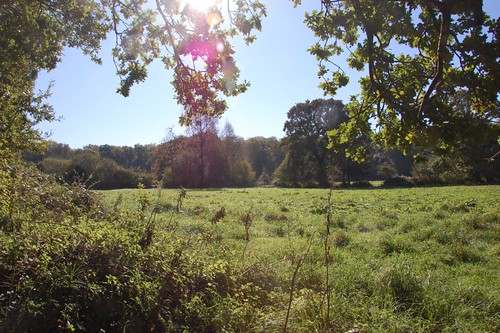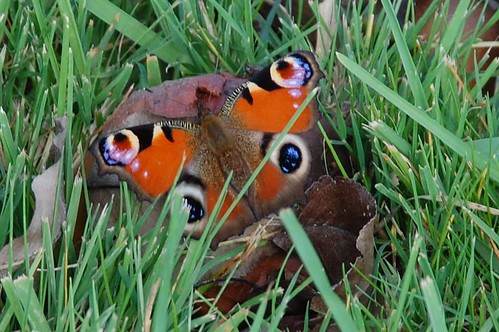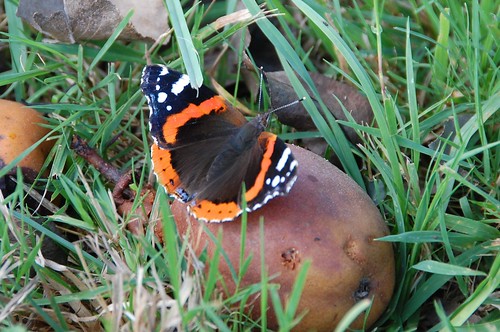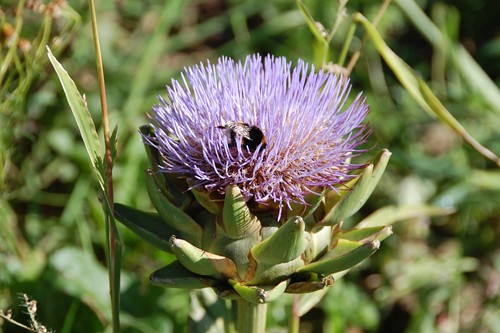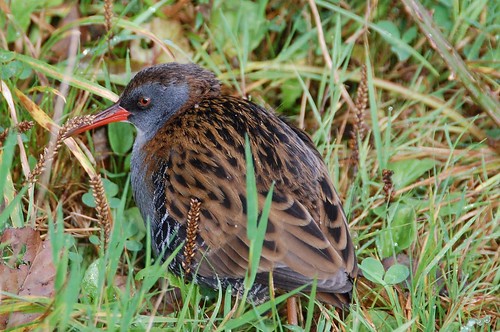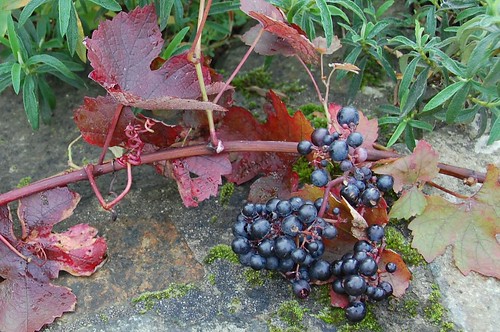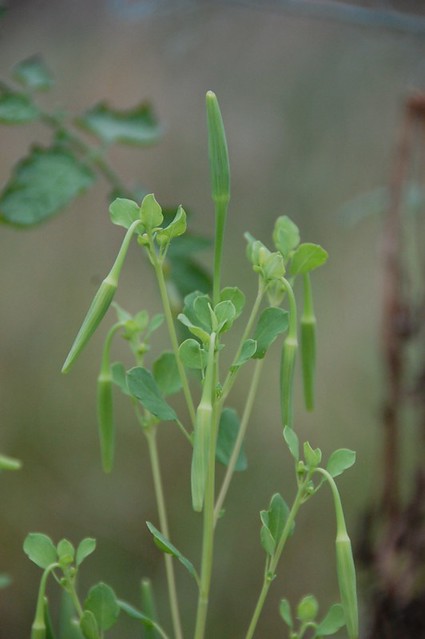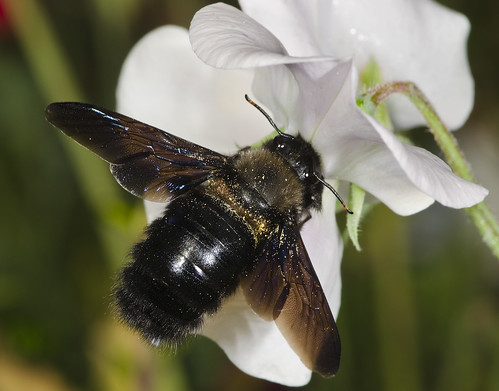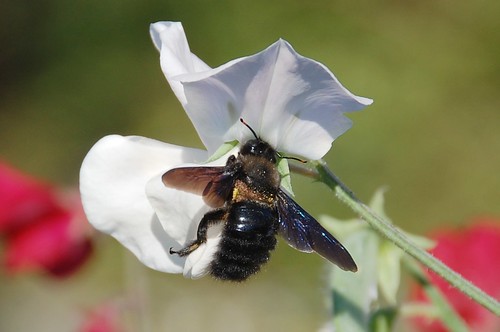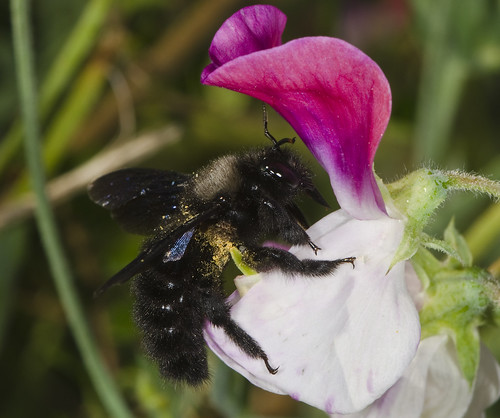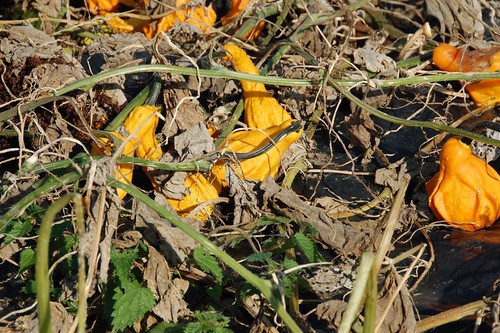
It really is autumn and we had a cold snap last week that I thought would kill me because the men were still working on the roof and I couldn't light the fire until the evening for fear of smoking them alive. Of course, as soon as they'd finished - and it looks like they did a good job - the warmth returned with a stiff breeze from the south east. It's been another wonderful weekend, and although they say all this hot air will produce storms I choose not to believe them. What do they know anyway?
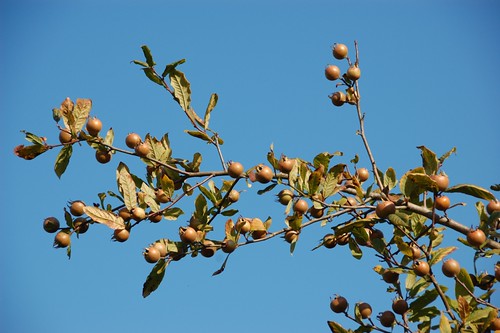
All the wilful disbelief in the world doesn't stop time passing though and I'm now in a path that requires me to get a lot of things here sorted and tied down for the winter before I take a month off to do the Stripey Cat pop-ups around the UK. If you do happen to be able to join us I'd love to meet you. Unfortunately I won't be using much home-grown produce, I'm simply not geared up to it this year, but if the venture is even partially successful it will inform my planting for next year.
One of the tasks on the list is to collect the wild medlars pictured above and from all around the farm. It's been a good year for them and the clement autumn has meant they've stayed on the trees to mature for as long as possible. They are just about edible raw now although so tiny that there's barely a bite of flesh around the seeds in the middle. Gathered up and allowed to blet for a week they should make excellent jelly and my plan to compare and contrast the wild with the cultivar Nottingham back in Newport Pagnell will finally happen.
I have managed to prepare land and get the overwintering onions planted. The garlic and elephant garlic go in today and I'll be putting bean seeds in envelopes on Thursday when the rain is forecast. The deer have found the oca already.
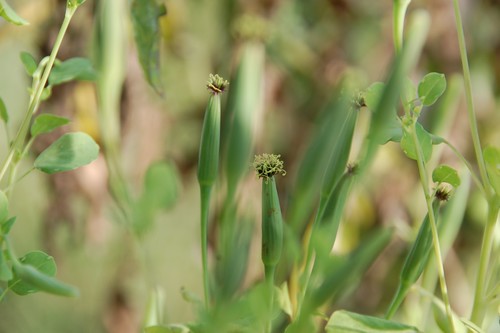
This is how far the Papalo has progressed. I was expecting purple poppy shaped flowers but these tiny bunches of stamens are protruding from the top of unopened buds. Knowing nothing about the botany of the plants and only having half a dozen of them I fear that this is some sort of mechanism for ensuring cross pollination that will surely fail in my greenhouse, now almost devoid of both insects and moving air. I'll keep documenting with pictures, I don't think I'm going to get any seeds.
